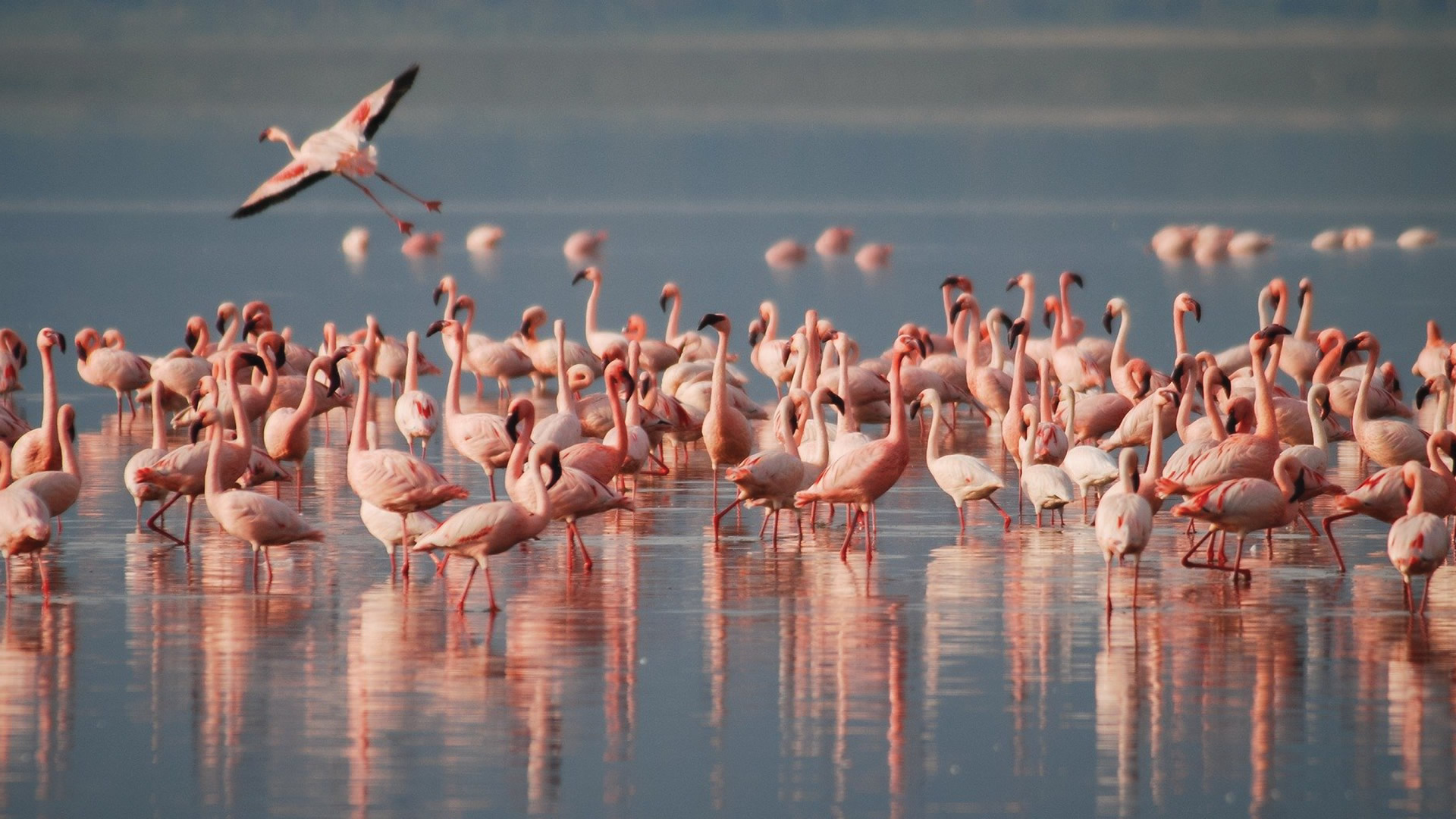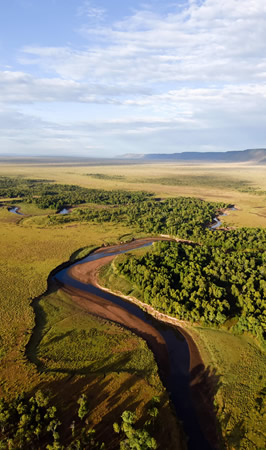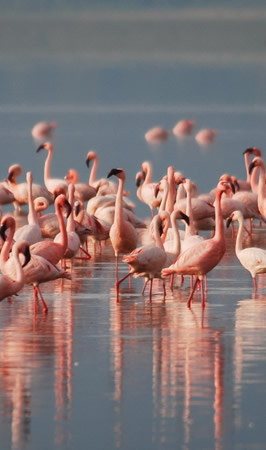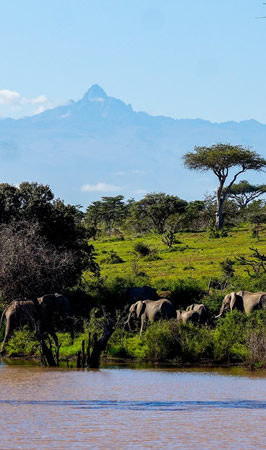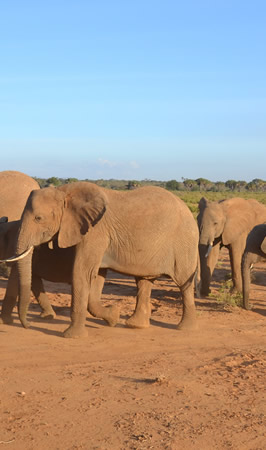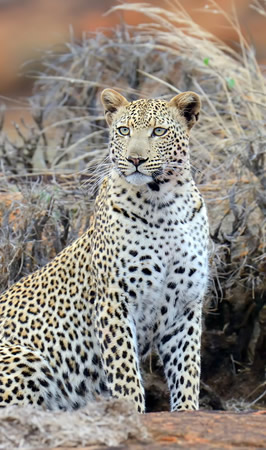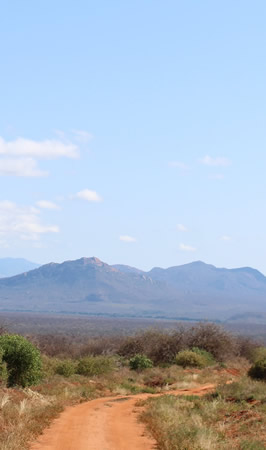Experience Lake Nakuru National Park
Birding Paradise
In addition to its 400 species of birds, Lake Nakuru National Park is home to 50+ mammal species, and over 500 species of flora. This park is famous for the flocks of Greater and Lesser Flamingos that gather around the lake, sometimes with as many as 2 million! You can find this great pink mass around the lake for a good part of the year, as these iconic birds stay mostly within the Rift Valley, migrating from lake to lake. Because Lake Nakuru National Park was fenced to protect endangered Rhinos and Giraffes, it can’t support African Elephants, so you won’t find any here!
Wildlife Highlights
You are guaranteed to see: White Rhinos, African Buffalos, Rothschild Giraffes, Zebras, Impalas, Olive Baboons, Vervet Monkeys, Waterbucks, a variety of water birds (Yellow-billed Pelicans, Marabou Storks, Hammerkops, Fish Eagles, etc.) Common in the park: Hyenas, Jackals, Lesser Flamingos, Hippopotamus, Pythons. If you are lucky you may see: Lions, Leopards, Black Rhinos, Wild Dogs, Colobus Monkeys, Cheetahs. Don’t forget the plants! In Lake Nakuru National Park you can see a wide variety of beautiful landscapes: from grasslands to dense forests, and the very rare tarconanthus bushlands and euphorbia forests
Lake Nakuru National Park was given the honours of being home to the very rare and endangered Rothschild giraffes in 1977 when the giraffes were brought to Lake Nakuru National park from western Kenya for conservation and protection. This initiative by the Kenyan government was a boast to its efforts of preserving wildlife in the East African country.
Lake Nakuru Habitat
The ecosystem is comprised of the lake, surrounded by wooded and bushy grasslands. The park supports a wide ecological diversity including Flamingos (Greater and Lesser) and other water birds, and the Black and White Rhinoceros which are the major attractions of the area. Depending on the season, Lake Nakuru can cover up to about 25 miles2 (40 km2), and the entire park covers about 116 miles2 (188 km2). The lake is highly saline, so it is surrounded by a grassland of highly adaptable alkaline grasses. This park also has many hills with established viewpoints from which the lake, the woodlands, and often times the herds of buffalo can be seen.
 Rothschild Giraffe at the Lake Nakuru National Park
Rothschild Giraffe at the Lake Nakuru National Park
